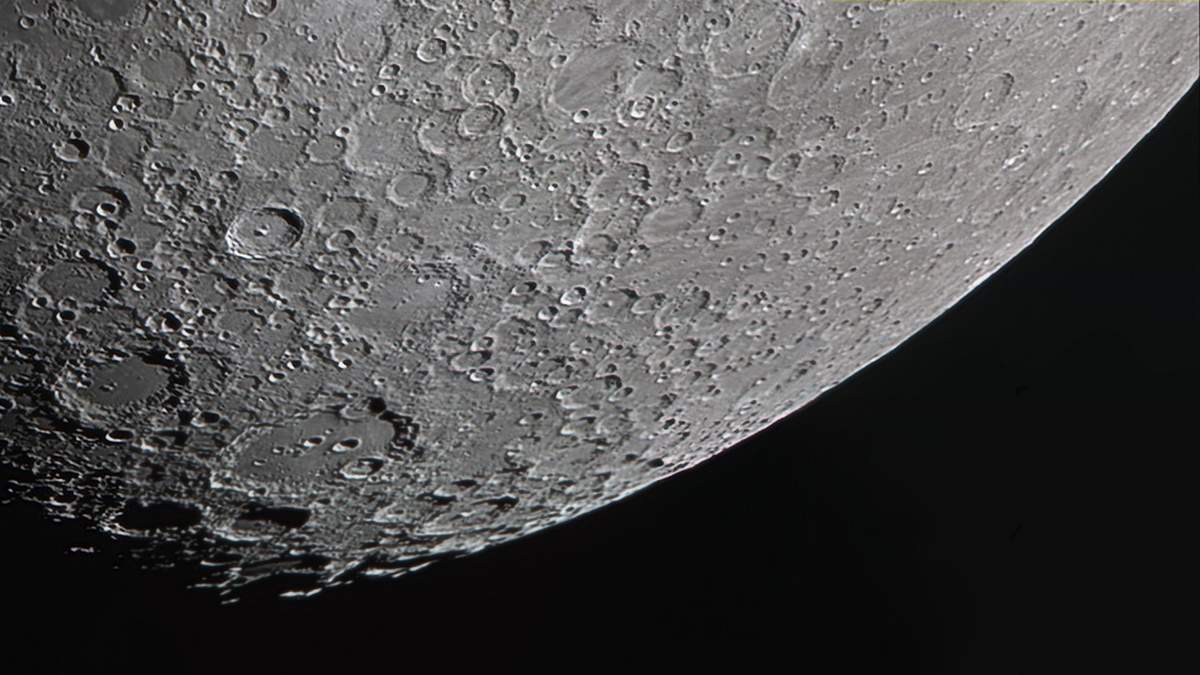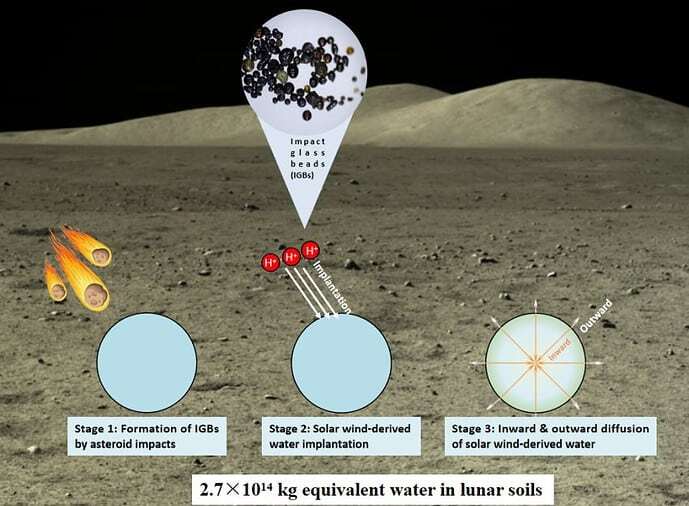29.03.2023
The beads could be a good source of water for extraction.

The Moon’s water could be stored in glass beads created by meteorite impacts, according to new research in Nature Geoscience.
Surface scans and analysis of moon rocks have confirmed that there’s a small amount of water on the Moon.
But until now, it’s not been clear where all that water is stored: some of the water regularly gets lost to space, which means that there must be a hydrated reservoir somewhere on the Moon that buffers that loss.
An international team of researchers, based at the Chinese Academy of Sciences, examined lunar soils brought back by Chang’e-5.
They looked specifically at impact glass beads in the soils, which have been made by asteroids hitting the lunar surface and causing molten material from the Moon’s interior to spew out.
These glass beads are very high in water content, by Moon standards. They have up to about 0.002 grams of water in them per gram of bead.
Extrapolating this out, the researchers say these glass beads could account for between 3.0 × 1011kg and 2.7 × 1014 kg of water on the Moon’s surface – that is, between about one and 500 Sydney Harbours.

Credit: Professor Sen Hu’s group
The isotopes in the glass bead water – atoms with slightly different masses, which can be used as chemical signatures – show that the water has probably come from a solar wind.
This indicates that the hydrogen streaming out from the Sun has reacted with the oxygen in Moon rocks, producing H2O, or water.
The researchers also found that the water in these beads could both build up quickly and be released quickly, over a few years.
“These findings indicate that the impact glasses on the surface of the Moon and other airless bodies in the solar system are capable of storing solar wind-derived water and releasing it into space,” says paper co-author Professor Sen Hu, from the Chinese Academy of Sciences.
These beads, believe the researchers, could be a good resource for lunar exploration, since it should be fairly simple to extract.
Quelle: Cosmos
